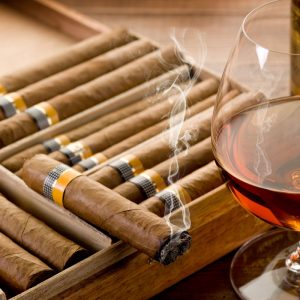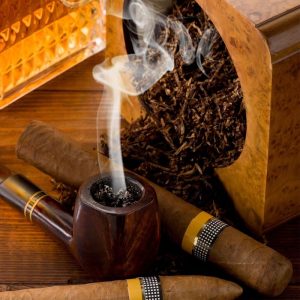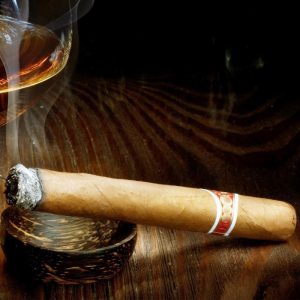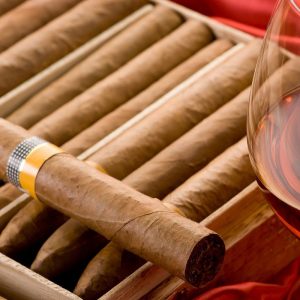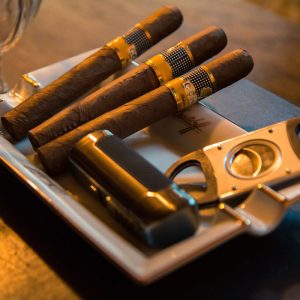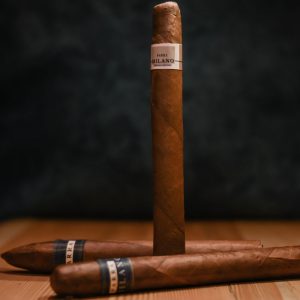Fake cigars are widespread in the world. Typically, Cuban cigars are counterfeited as the most popular. And, if 5-6 years ago scraps of paper or palm leaves could be found in fakes, today counterfeit cigars have reached a qualitatively new level, and sometimes even an experienced aficionado can hardly distinguish a real havana from a fake one.
Most of the counterfeits are created in clandestine factories, and the raw materials for such “cigars” are cuttings of tobacco leaves or green, unripe leaves that have not undergone fermentation. The taste of such a fake is disgusting – but, of course, the taste can be appreciated only after the fake has been bought. How to identify a fake before buying?
There is An example of a real cigar (left) and a fake (right):
One factor is price. A box of fake cigars costs significantly less, but you should not be tempted by the low price – there is a great risk of buying a fake, which will be impossible to smoke.
The first rule is that real Cuban cigars are never packaged in glass boxes or tubes. Even a wooden box with a glass lid is a sure sign of a fake. Exception – Guantanamera cigars.
The quality of the packaging can say a lot about cigars. Rough faded plywood, with crooked fittings and no less crooked inscriptions, with no guarantee mark and seal – such a box indicates a fake. Real cigar boxes are manufactured in factories under strict supervision, and Havanas will never be packaged in a crude plywood box.
If possible, you should open the box and see how it is finished inside. If there are burrs or uneven cut edges on the paper, it is a fake. The special paper, in addition, must completely cover the cigars packed in the box.The cigars themselves in the box must be the same size and shape. Substantial differences between cigars indicate a fake.
The quality of the wrapper is another sign that distinguishes real havana from fakes. The cover leaf should be smooth and even, free from spots and burrs. If you look into the “filling” from the trimmed tip, you should not see green unfermented leaves inside. The tip itself must be cut exactly – otherwise you have a fake cut not with a special guillotine at the factory, but with an ordinary knife.
Following these simple rules will help you avoid buying a fake and choose a real Havana – with excellent taste and unique aroma. Good luck!




